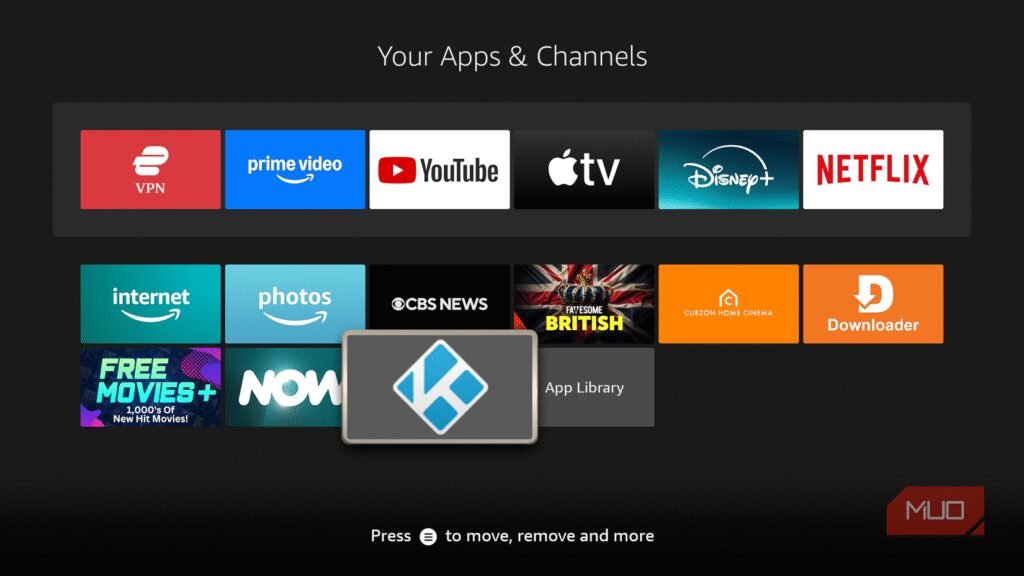Mexico’s proposed 50 percent tariffs on vehicles imported from China are set to deal a major blow to the country’s fast-growing electric vehicle market.
What’s happening?
According to reports from Reuters, the tariff targets electric and gasoline cars imported from all countries with which Mexico doesn’t have a free trade agreement, including South Korea, India, and Russia. However, industry analysts predict the tariffs will primarily impact electric cars manufactured in China and sold in Mexico.
Over the last year, Mexico has raised tariffs on Chinese-manufactured EVs from zero to 15% and now 50%. China has since urged Mexico to reconsider the tariffs, claiming they would seriously affect Mexico’s business environment.
The plan still needs to be approved by Mexico’s Congress and would spare U.S. automakers General Motors, Ford, and Stellantis following a 2003 decree that allows car companies with production plants, like the U.S.’s big three, in Mexico to import a percentage of vehicles tariff-free from countries like China.
“It’s definitely a game-changer,” said Eugenio Grandio, president of the Electric Mobility Association in Mexico. “Fifty percent [tariff] is a very aggressive number.”
Why are these tariffs concerning?
Mexico is the fastest-growing car market in North America, and EV demand has surged. BYD, the Chinese automaker that has already doubled its sales pace in Mexico this year, accounts for nearly half of the country’s EV and plug-in sales.
Meanwhile, Tesla’s stalled plans for a massive new factory in Mexico, once expected to create 6,000 jobs, highlight how both domestic and international players are watching this development closely.
“The only growth market inside North America is Mexico,” said Canada’s Automotive Parts Manufacturers’ Association president, Flavio Volpe.
For consumers, a 50% tariff could mean significantly higher vehicle prices, especially on more affordable EV options and parts imported from China. That risks making EV ownership less accessible, slowing adoption, and keeping more gas-powered cars on the road, resulting in detrimental impacts on the environment, cost of living, and long-term human health.
This follows recent news concerning challenges facing Tesla’s sales numbers, such as its sinking EV market share down to 38% from 80% in the U.S., and challenges to its full self-driving claims.
What’s being done about it?
Tesla likely has a stockpile of cars already in Mexico, which would provide some cushion to EV buyers and allow the company to import cars from countries under free trade agreements with Mexico.
Many believe that North America is falling behind countries like China in the push for an electric future, but companies like Ford and Rivian are moving forward with U.S. production. Consumers looking to make a difference can vote with their wallet and make their next car an EV.
Join our free newsletter for good news and useful tips, and don’t miss this cool list of easy ways to help yourself while helping the planet.








